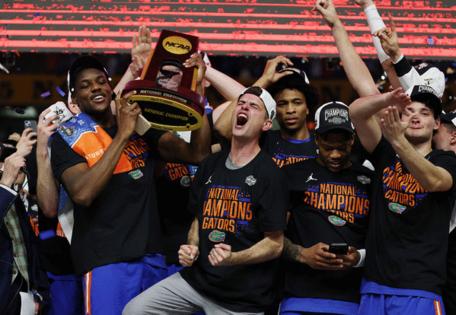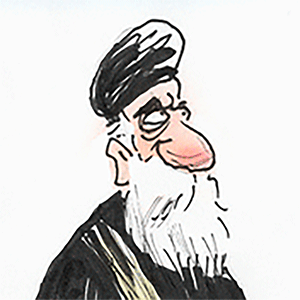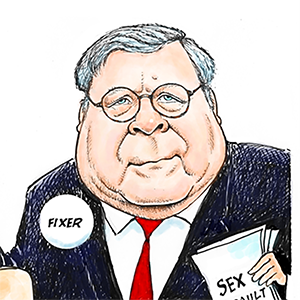Mike Sielski: The NCAA had better keep its grubby mitts off March Madness
Published in Basketball
PHILADELPHIA — There’s a shortage of perfect sporting events in the world. Would be a pity to damage one.
Never underestimate the NCAA, though. Its men’s and women’s basketball committees are kicking around the terrible idea of expanding the NCAA tournaments, and while the committees tabled those discussions during their meetings earlier this week, it seems only a matter of time before The Fields of 68 stretch to 72 or 76 or even 176.
The arc of history in college sports — as with professional sports, as with most things — bends toward money, and conference commissioners, university presidents, and athletic directors are as insatiable as any tech mogul or corporate raider.
“The still-viable outcomes,” Dan Gavitt, the association’s senior vice president of men’s basketball, said in a statement, “include the tournaments remaining at 68 teams or expanding … in advance of the 2026 and 2027 championships.”
Great. No reason to wait to ruin a good thing. Expansion of the tournament, of course, would tickle all those insiders and administrators. It would delight all those coaches who want to make it easier to add “[INSERT NUMBER] NCAA tournament appearances” to their resumés. It might even please all those fans and alumni of programs in big-time conferences — people who don’t want an 18-17 season to disqualify their favorite team from a shot at a national championship.
What it would not do — and CBS’s Matt Norlander documented this point brilliantly and thoroughly the other day — is increase opportunities for mid-major-and-smaller programs or intensify (or even maintain) the magic of March Madness.
That second point, about the preservation of the tournament’s distinctiveness, is worth making from a different angle or wider perspective. Many large institutions in our culture — in sports, in entertainment, in news/journalism — have decided that, in the name of chasing and capturing audience and (in turn) revenue, more is always better. More NFL games on weeknights and holidays. More teams in the playoffs. More movies about the same superheroes and retread characters. More posts or stories filling our feeds and pinging our smart phones.
But there are two factors that are often disregarded or overlooked when these institutions try, as their representatives like to say, “to meet people where they are.” Those factors are scarcity and stability.
The Super Bowl, the Olympics, and the Masters, for instance, derive their popularity not just from their status as “important” sporting events but from two unchanging realities: Everyone knows when they’re taking place — the same time of year, every year (or, in the Olympics’ case, every two years) — and they take place relatively rarely.
What’s more, the networks that broadcast those events leave no doubt that they consider those events to be exceptional, and the blueprints for presenting them don’t change.
From the opening ceremonies to the closing ceremonies, the Olympics are two weeks — not three, not four — and NBC will load its telecasts with heartwarming stories about the athletes. Golf fans and the general public know what they’re going to get from CBS on Saturday and Sunday at Augusta. The Super Bowl is sui generis.
It’s not just that the events themselves are special. It’s that the networks and media treat them as special. In doing so, they’re telling people that those events are special, so people consider them special.
The NCAA men’s basketball tournament meets that same standard … as it’s now constituted and has been since 1985.
There’s Selection Sunday. There are the 32 games spread out over the first Thursday and Friday of the tournament. There is the Final Four during the first weekend of April. College basketball owns that month.
Even casual fans of the sport rearrange their schedules to catch games between teams they otherwise couldn’t care about, to follow players who had been anonymous until the tournament began. Adding more teams, stretching the schedule, would only dilute the product. (There’s a reason the “First Four” in Dayton on Tuesday and Wednesday nights doesn’t attract nearly as much interest. Those games represent a break from the tournament’s flawless formula.)
Quality and quantity are not the same thing, and more of the latter doesn’t necessarily lead to more of the former.
Here’s hoping the NCAA’s power people remember that. The safe bet, unfortunately, is that in time they’ll allow themselves to forget it.
©2025 The Philadelphia Inquirer. Visit inquirer.com. Distributed by Tribune Content Agency, LLC.







Comments